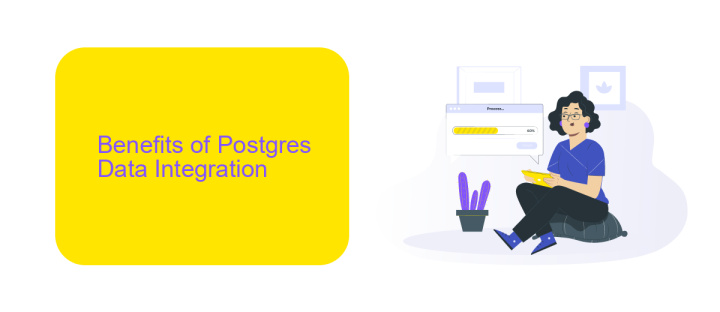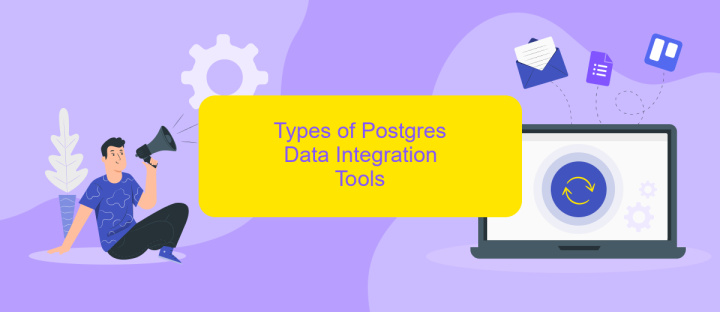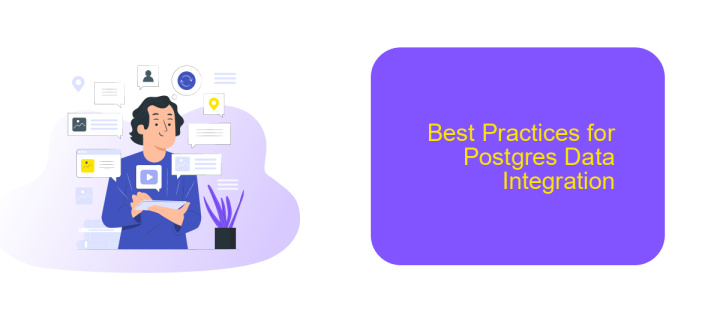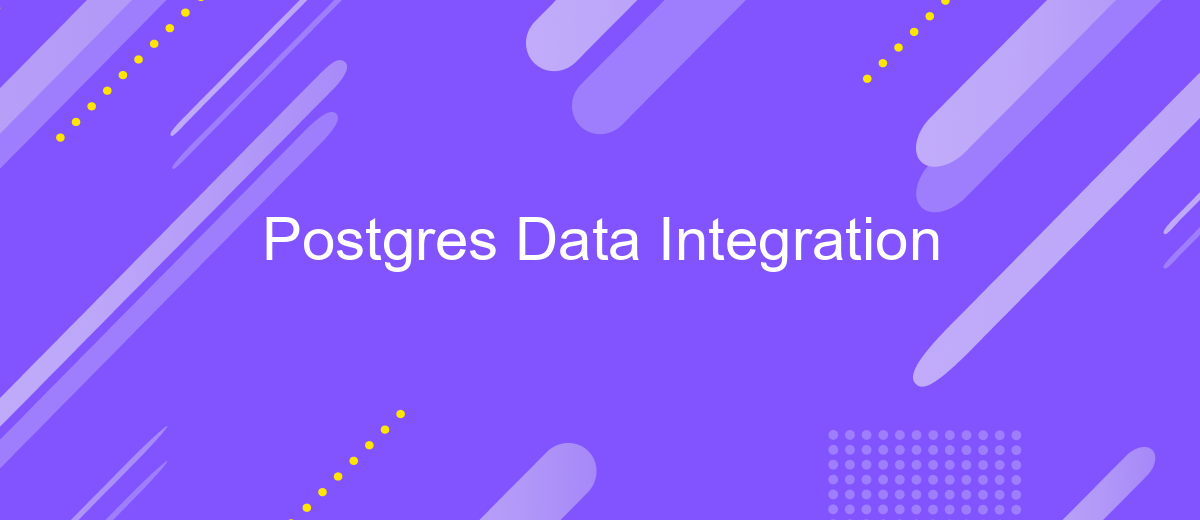Postgres Data Integration
In today's data-driven world, integrating diverse data sources into a unified system is crucial for informed decision-making. PostgreSQL, an advanced open-source relational database, offers robust tools for seamless data integration. This article delves into the methodologies and best practices for integrating data with PostgreSQL, ensuring efficient, reliable, and scalable solutions for your organization's data needs.
Overview of Postgres Data Integration
Postgres data integration is a crucial aspect of modern data management, enabling seamless data flow between PostgreSQL databases and other systems. This process involves combining data from multiple sources to provide a unified view, facilitating better decision-making and operational efficiency.
- Data Extraction: Retrieving data from various sources.
- Data Transformation: Converting data into a compatible format.
- Data Loading: Inserting transformed data into the target PostgreSQL database.
- Data Synchronization: Ensuring data consistency across systems.
Tools like ApiX-Drive simplify Postgres data integration by automating data transfer and synchronization between PostgreSQL and other platforms. This service allows users to streamline their workflows, reduce manual intervention, and maintain data accuracy. By leveraging such tools, businesses can enhance their data integration strategies, leading to improved data accessibility and operational insights.
Benefits of Postgres Data Integration

Postgres data integration offers numerous advantages for businesses looking to streamline their data management processes. By integrating Postgres with other systems, organizations can achieve real-time data synchronization, ensuring that all data sources are up-to-date and consistent. This leads to improved decision-making and operational efficiency, as teams can access accurate and timely information without the need for manual data entry or reconciliation.
Moreover, Postgres data integration can be easily facilitated using services like ApiX-Drive, which simplifies the setup and management of integrations. ApiX-Drive provides a user-friendly interface and powerful tools to connect Postgres with various applications, reducing the complexity and time required for integration. This enables businesses to focus on leveraging their data for strategic initiatives rather than dealing with technical challenges. Overall, integrating Postgres with other systems enhances data accessibility, reliability, and usability, driving better business outcomes.
Types of Postgres Data Integration Tools

Postgres data integration tools are essential for seamless data management and synchronization across various platforms. These tools enable businesses to efficiently handle data from multiple sources, ensuring consistency and reliability.
- ETL Tools: Extract, Transform, Load (ETL) tools like Apache NiFi and Talend help in extracting data from diverse sources, transforming it as per business needs, and loading it into Postgres databases.
- Data Replication Tools: Tools such as SymmetricDS and Bucardo facilitate real-time data replication, ensuring that changes in one database are mirrored across others.
- API Integration Tools: Platforms like ApiX-Drive enable seamless integration of Postgres with various applications through APIs, automating data flows and reducing manual intervention.
- Data Pipeline Tools: Solutions like Apache Kafka and Airflow help in building robust data pipelines, allowing for real-time data processing and integration with Postgres.
Choosing the right Postgres data integration tool depends on specific business requirements, data volume, and the complexity of data workflows. Tools like ApiX-Drive simplify the integration process, making it accessible even for non-technical users by providing an intuitive interface and pre-built connectors.
Best Practices for Postgres Data Integration

Integrating data with Postgres requires careful planning and adherence to best practices to ensure data integrity, performance, and scalability. Begin by understanding your data sources and the specific requirements of your integration project. This helps in selecting the appropriate tools and methods for seamless data transfer.
One of the key considerations is to ensure data consistency during the integration process. This can be achieved by implementing robust data validation and transformation mechanisms. Additionally, leveraging services like ApiX-Drive can significantly simplify the integration process by providing pre-built connectors and automated workflows.
- Ensure data consistency with robust validation and transformation.
- Utilize pre-built connectors and automated workflows with services like ApiX-Drive.
- Monitor and optimize performance regularly to handle increasing data loads.
- Implement security measures to protect data during transfer and storage.
Regular monitoring and optimization are crucial to handle the increasing data loads and maintain performance. Implementing security measures to protect data during transfer and storage is equally important. By following these best practices, you can achieve a reliable and efficient Postgres data integration.
Case Studies and Examples of Postgres Data Integration
One notable case study involves a retail company that successfully integrated Postgres with multiple third-party applications using ApiX-Drive. By setting up real-time data synchronization between their e-commerce platform and CRM system, the company was able to streamline operations and enhance customer service. The integration allowed for automated updates of customer information, order statuses, and inventory levels, ensuring that all systems were consistently up-to-date without manual intervention.
Another example is a financial services firm that leveraged Postgres data integration to consolidate data from various sources, including transactional databases and external APIs. Using ApiX-Drive, they created a unified data warehouse that enabled advanced analytics and reporting. This integration not only improved data accuracy but also provided valuable insights into customer behavior and market trends, aiding in strategic decision-making processes. The ease of setting up these integrations with ApiX-Drive significantly reduced the time and resources required for the project.
FAQ
What is Postgres Data Integration?
How can I automate data integration with PostgreSQL?
What are the challenges of integrating data into PostgreSQL?
How do I ensure data quality during integration?
Can I integrate real-time data into PostgreSQL?
Apix-Drive will help optimize business processes, save you from a lot of routine tasks and unnecessary costs for automation, attracting additional specialists. Try setting up a free test connection with ApiX-Drive and see for yourself. Now you have to think about where to invest the freed time and money!

